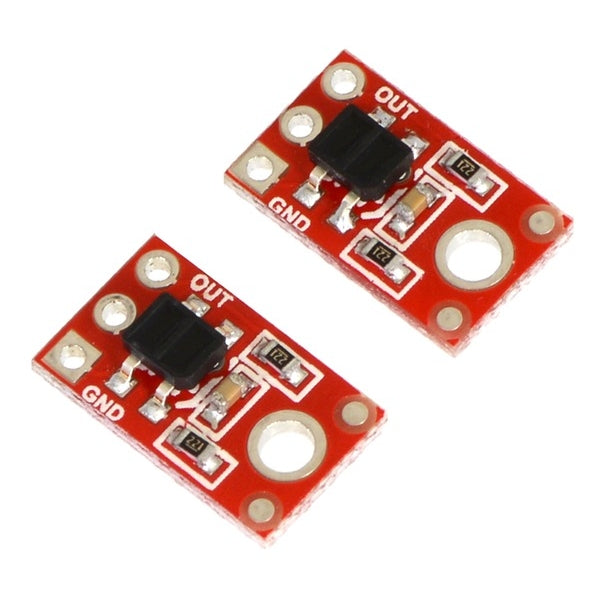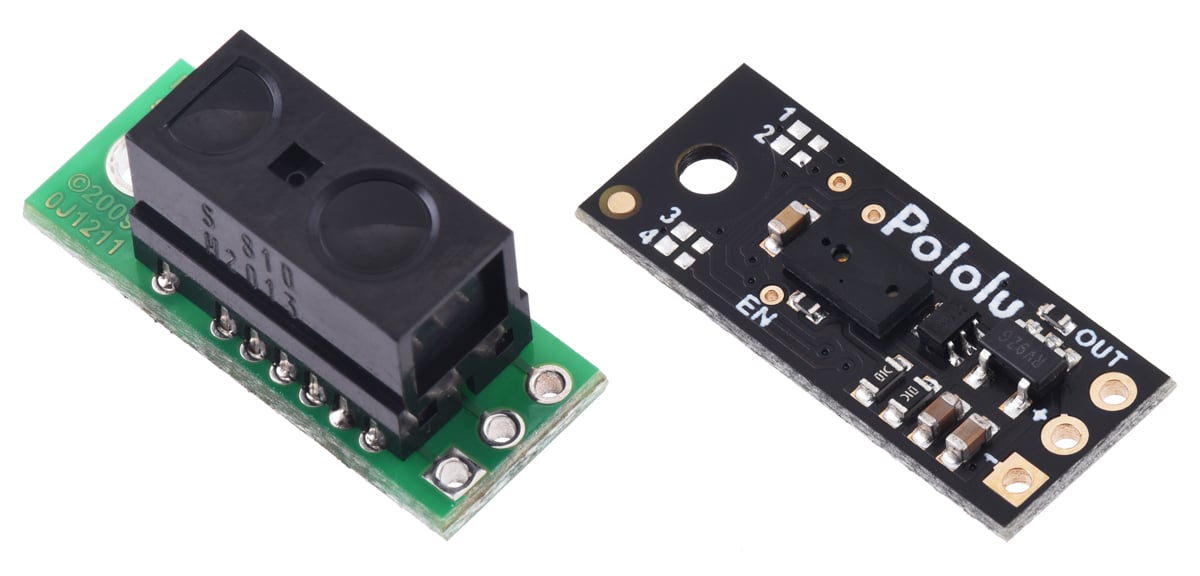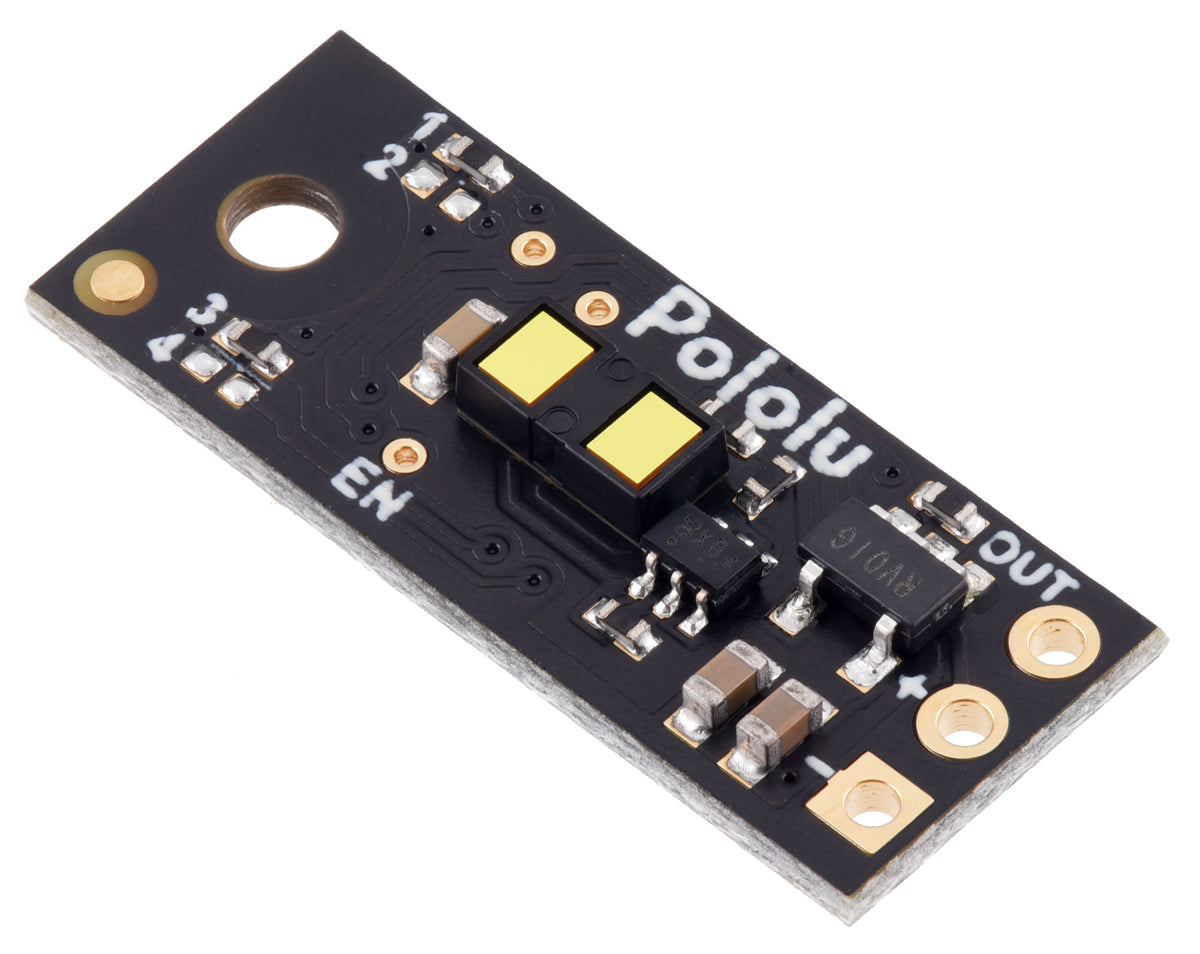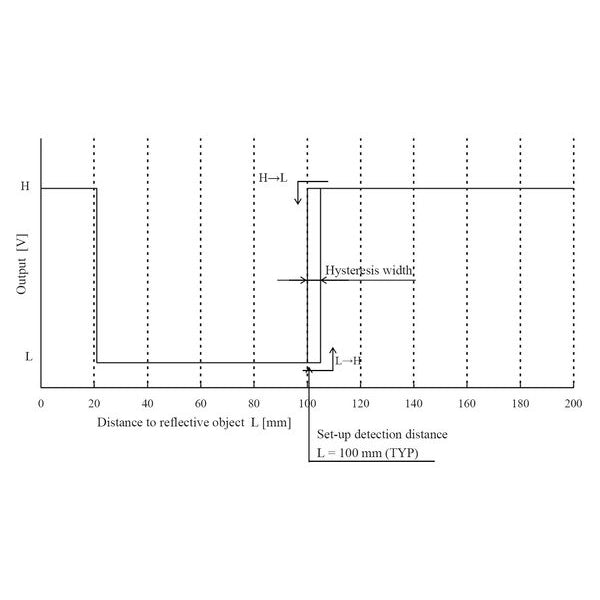This is how innovative infrared sensors work
The sensors emit infrared radiation and use it to detect objects in their field of vision. This is how they determine the presence or absence of an object in the field of view. Modern infrared beams can do much more: they can be used to measure the specific distance to the object – even small objects – so that the geometry of the object can be reconstructed. The term ‘time-of-flight sensor’ refers to the method used: the distance measurement is based on the time it takes for the infrared beam to travel from the point of emission to the point of reception of the reflected beam.
From manufacturing to autonomous driving: this is where infrared sensors come into play
IR sensors are suitable for numerous applications, devices and production systems. For example, they can be used to automate manufacturing processes. Infrared sensors detect whether there is an object on a conveyor belt. If there is, the sensor detection and a controller can be used to initiate a desired production process: a comparatively simple application for an infrared sensor. It is sufficient for it to detect the presence or absence of an object.
Digital distance measurement with an infrared sensor is more complex. In this case, it precisely measures the distance between the sensor and the object or individual parts of the object. Innovative time-of-flight sensors enable exact measurements and the generation of 3D images. They provide valuable services in a variety of ways as Arduino infrared sensors and in other environments.
These sensors optimise the use of robots by precisely detecting objects and their distance. ToF sensors also play an important role in the field of autonomous driving. Reliable detection of obstacles plus exact distance measurement are indispensable for this technology.
Infrared sensors from brand manufacturers: example Pololu
At EXP Tech, we set high standards for our product range. This is demonstrated by the sensors from the US company Pololu – founded in 2004 by three students from the renowned Massachusetts Institute of Technology. The manufacturer offers compact infrared sensors for a wide range of distances. The sensor with the maximum range detects objects at a distance of up to 3 m.
All of the supplier's infrared sensors are characterised by reliability, durability and an attractive price-performance ratio. In addition, these sensors are versatile.
Frequently asked questions about infrared sensors
Here we answer frequently asked questions about our infrared sensors. If you have any further questions or need advice, please feel free to contact us at any time using our contact form.
What are infrared sensors used for?
Infrared sensors are suitable for a wide range of environments, for example as an infrared sensor for Arduino or another board. At the same time, an IR sensor can serve a variety of purposes. Simple variants detect the presence or absence of objects, while sophisticated ToF sensors determine the detailed shapes of objects.
How does an infrared distance sensor work?
The sensors emit infrared beams and receive the reflected beams. The duration of this process is used to calculate the exact distance.
What applications are infrared sensors suitable for?
Infrared sensors impress with their versatility. In production plants, for example, they detect objects and use an interface to activate a motor for the next step. IR sensors with precise distance measurement are suitable for many other applications, particularly in innovative technologies such as robots.
















































